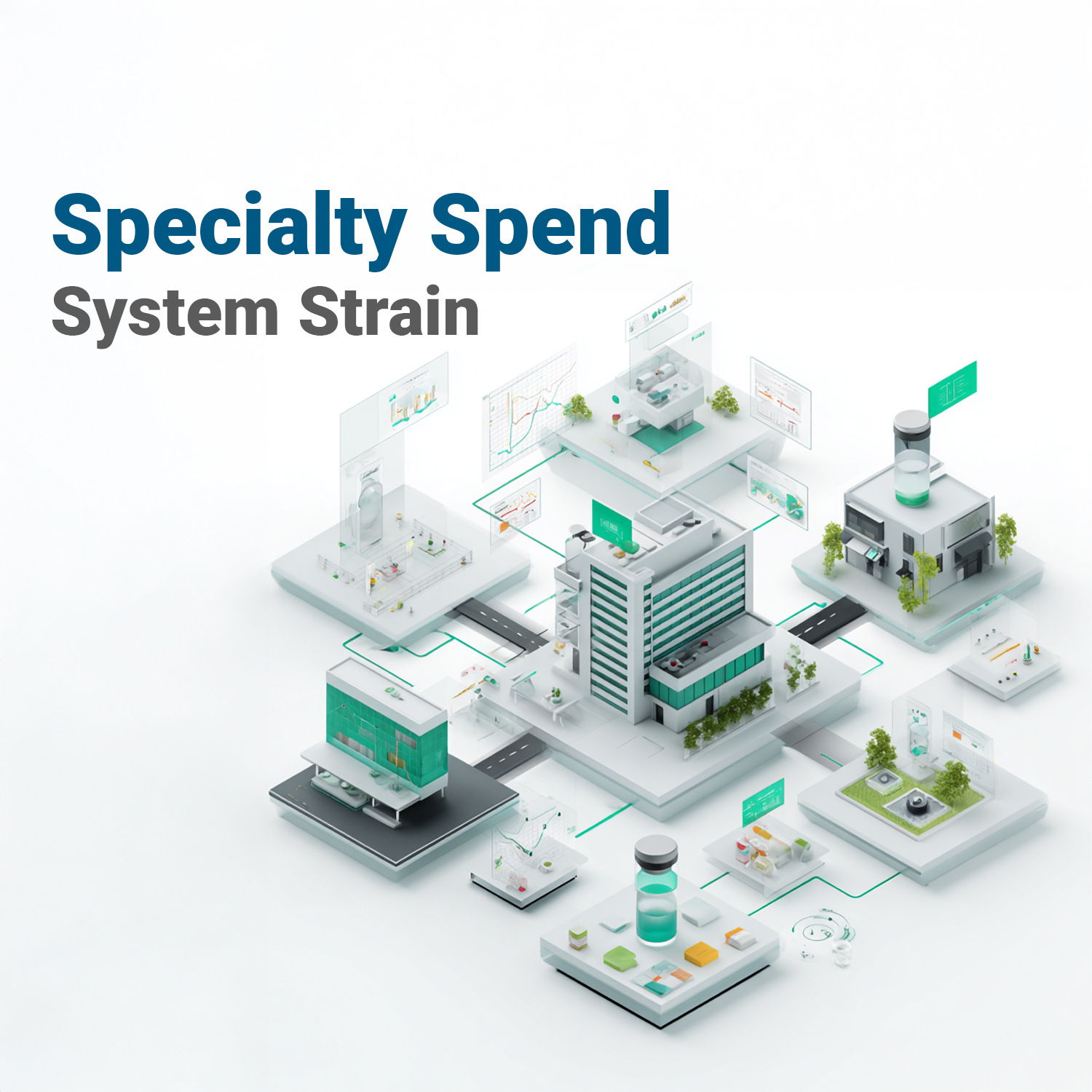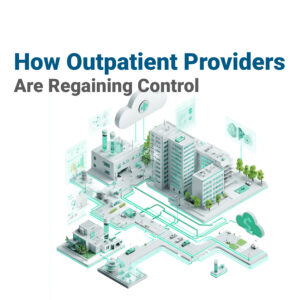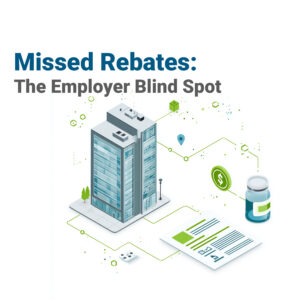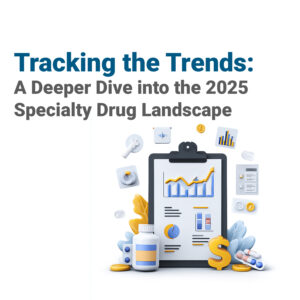Hugo Bowne-Anderson, Head of Data Science Evangelism and Marketing at Coiled once said that data science “is a technical, cultural, economic, and social discipline that has the ability to consolidate and rearrange societal power structures.”
Data, properly gathered, maintained, and interpreted can give us the insights to literally change the world.
And who better than an industry awash in data – PBMs, – to help lead that charge?
How can PBMs capture better data?
As The Pharmaceutical Care Management Association (PCMA) notes, “Without accurate and up-to-date data, it is difficult to identify the individual factors that are driving health disparities in our country and how best to address them.
“Even where there is strong trust between a patient and the health care system, and meaningful data has been collected for that patient, our system may lack both the evidence- informed intervention and tools to measure progress.”
That’s where PBMs like VativoRx come in.
“PBMs have a bit of a reputation as bean-counters,” says VativoRx CEO and Managing Partner Lisa Quarterman, “but I think that’s not entirely accurate. What we are is data-driven, and we gather that data to help drive down healthcare costs. As an industry, we have access to a great deal of data and, individually as a company or in concert as an industry, we can marshal that data toward the goal of equity.”
What would meaningful data, evidence, and measurement look like?
PCMA suggests four areas where PBMs and the wider healthcare industry can help to rethink how data is used in the services of more equitable healthcare.
- Investing and using access, utilization, and outcomes data to improve person-centered pharmaceutical care management along commonly understood areas of disparities prevalence, including for Black, Brown, indigenous, and other communities of color; individuals living with disabilities; members of the LGBT community, including nonbinary persons; and other individuals facing disproportionate health risks, disparities in access to care, and inequitable care.
- Analyzing pharmacy claims to identify prescribing patterns that may indicate disparities and inequities in care, including the prescribing of clinically-appropriate care and access to care. For example, partnering with patients and their prescribers to identify care settings that are community-based, more affordable, and more easily accessible than others, like a patient’s home or their doctor’s office instead of a hospital.
- Sharing and regularly discussing disparities data with drug coverage sponsors and pharmacy care partners, including employers, labor unions, retirement systems, state and federal health care programs, and other health plan sponsors, as well as prescribers, supportive health care providers, and community pharmacists.
- Collaborating with quality organizations, accrediting entities, government bodies, and other health care stakeholders to identify key performance indicators measuring progress toward the elimination of health disparities and the impact of implicit and structural biases and other causes of health inequity. These collaborations must prioritize the inclusion of measures of disparities reduction in performance measurement, including value-based arrangements (VBAs); identification and support of evidence generation efforts; and development of clinical guidance where gaps exist.
“If you’ve ever worked on a data system overhaul,” says Quarterman, “you know this doesn’t happen overnight. And with the privacy rules in place across healthcare, it’s made even more complex.
“As the old saying goes, the best time to plant a tree is 20 years ago, but the second-best is today. It’s time to get started. It’s time to think differently about how the data we all collect can work for positive change.”
Photo by Markus Spiske on Unsplash
This is part four of four detailed examinations of how to create more equitable healthcare. The parts are:
—
- To address disparities in prescription drug access, PBMs can do better
- To promote equitable, affordable pharmacy benefit design, PBMs can do better
- By creating a culture of equity and patient-centered care, PBMs can do better
- By investing in meaningful, data, evidence, and measurement, PBMs can do better
For more on why we’re reporting on these issues, please see our article, What does it mean for pharmacy benefits to be more equitable?






